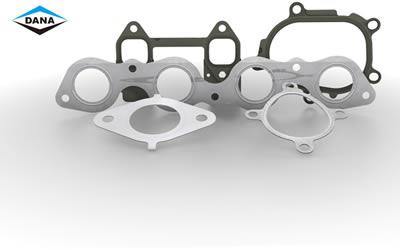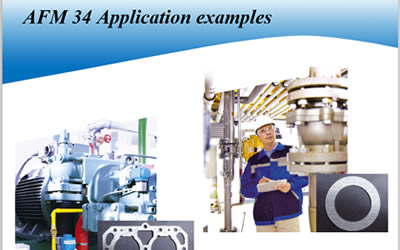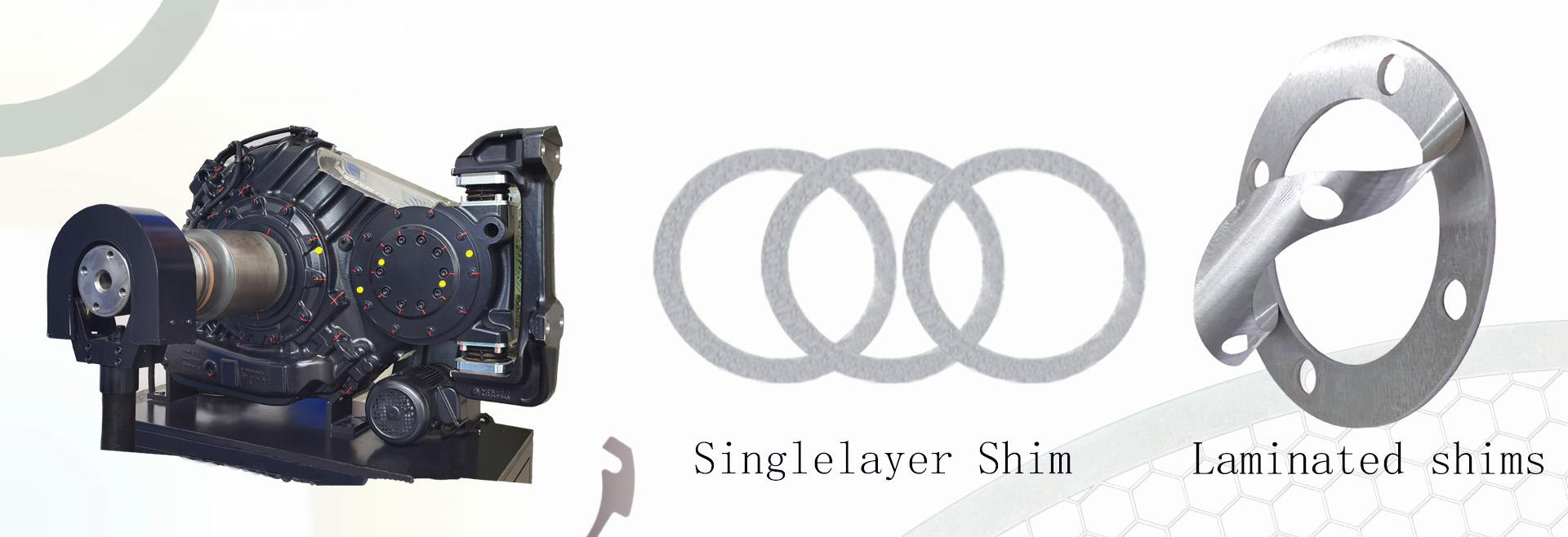1、 Industry core values and strategic position
Basic supporting role:
As the "industrial joint" of national defense, energy, machinery and other pillar industries of the national economy, it is irreplaceable in terms of equipment
sealing, safety and energy efficiency management
Directly affecting the mean time between failures (MTBF) of equipment, it is more related to national security in high-end fields such as nuclear power and aerospace
Economic leverage effect:
The value of seals accounts for only 1% of the total equipment cost, but it affects over 90% of operational reliability
Failure may result in an average annual energy loss of over 10 billion and environmental remediation costs (according to data from the American Sealing Institute)
2、 Market pattern and competitive situation
Industrial distribution characteristics:
The East China region occupies 65% of the production capacity, forming three major industrial clusters: Suzhou (automotive seals), Ningbo (hydraulic seals),
and Dongying (rubber seals)
Private enterprises account for 78% (2023 data), but less than 2% of enterprises have revenue exceeding 100 million yuan
Current status of technical team:
First tier (international brands): SKF、 Parker Hannifin and others account for 85% of the high-end market share
Second tier (domestic leaders): Zhongmi Holdings, Aizhi Industry, and others focus on import substitution
Long tail enterprises: more than 5000 small and medium-sized manufacturers deeply immersed in low-end red ocean competition
3、 Technological Evolution and Innovation Direction
Material Revolution:
Polytetrafluoroethylene (PTFE) composite material with temperature resistance exceeding 300 ℃
The penetration rate of hydrogenated nitrile rubber (HNBR) in the sealing field of new energy batteries is increasing by 23% annually
Intelligent response material: Shape memory alloy seals enter military verification stage
Structural innovation:
3D printing topology optimization seals achieve a 40% weight reduction and a 3-fold increase in lifespan
Magnetic fluid sealing technology breaks through the bottleneck of high-speed sealing at 100000 revolutions per minute
Digital empowerment:
Predictive maintenance system based on industrial big data reduces unplanned downtime by 30%
Digital twin technology achieves a sealing system lifespan simulation accuracy of 92%
4、 Distribution of industrial chain value
Segment gross profit margin range, technical barriers, localization rate
Ultra pure graphite 60-75% ★★★★★<15%
Special rubber 40-55% ★★★★☆ 32%
Precision mold 35-45% ★★★★ 41%
Standard seal 18-25% ★★☆ 89%
(Data source: China Hydraulic and Pneumatic Seal Industry Association)
5、 Incremental market opportunities
New energy track:
The demand for bipolar plate sealing in hydrogen fuel cells is growing at a compound annual growth rate of 62%
The market size of fluororubber seals for lithium battery packaging is expected to reach 4.7 billion yuan by 2025
Extreme working condition breakthrough:
Deep sea oil and gas development has given rise to 150MPa level sealing solutions
The main pump seal of the fourth generation nuclear power plant has entered the engineering verification stage
Green transformation driven:
Carbon neutrality policy promotes leak free magnetic seal penetration rate to increase to 28%
The substitution rate of bio based sealing materials in the food and pharmaceutical industry reaches 19%
6、 Investment Focus Dimension
Technological breakthrough: Pay attention to the progress of 12 "bottleneck" technologies such as graphene reinforced sealing materials
Certification barriers: The ability to obtain international certifications such as API 682 determines market access
Value added services: Enterprises transforming from product suppliers to sealing solution service providers
Domestic substitution: validation progress in semiconductor equipment, aviation engines and other fields
Risk Warning: Key monitoring is required for fluctuations in raw material prices (with an annual volatility of 18% for rubber prices), technological iteration risks (with a generation
of technological innovations occurring every 5 years), and international trade barriers (with anti-dumping duties reaching up to 218% in Europe and America).
(Note: The data in this article is based on modeling and analysis of publicly available information, and specific investment decisions need to be based on professional due diligence.)






